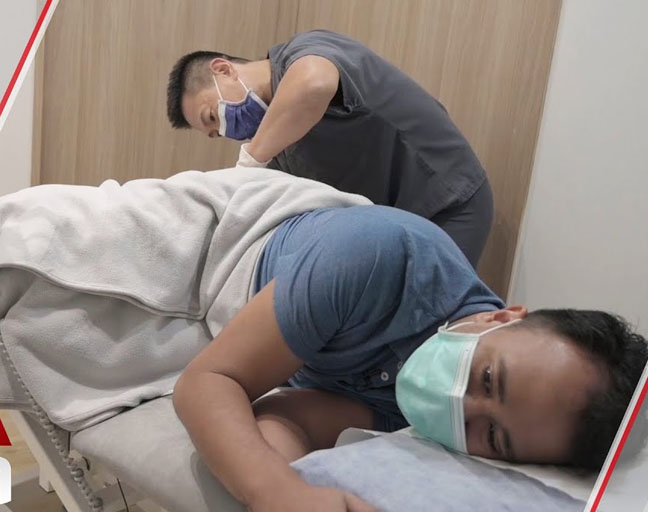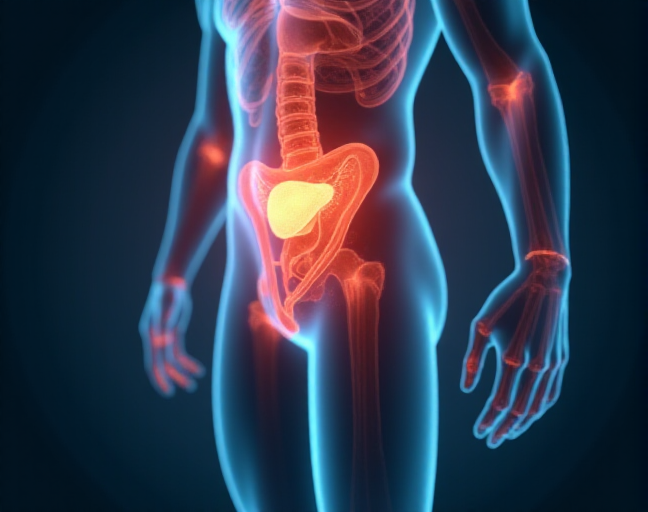The prostate, a small gland in the male reproductive system, plays a key role in producing fluid that helps transport sperm. Located just in front of the rectum, beneath the bladder, it’s essential for reproduction. But sometimes, surgery is necessary to remove the prostate, a procedure known as a prostatectomy. This might be due to conditions like benign prostatic hyperplasia (enlargement of the prostate) or prostate cancer, or even issues such as urinary problems and bleeding.
Tips for a Smooth Prostate Surgery Recovery
The recovery process after prostate surgery can vary, depending on factors like the type of surgery, the patient’s overall health, and how well they follow medical advice. Here’s how to make sure you bounce back as quickly and smoothly as possible:
- Avoid Strenuous Activity Most people feel better a week after surgery, even returning to light activities like driving. But it’s essential to hold off on intense exercises—like running or motorcycling—for about six weeks. And don’t overdo it with stair climbing or sitting for extended periods. If you’ve had a catheter, skip bathtubs or pools during recovery.
- Mind Your Diet After surgery, you might find that sticking to liquids is easiest for the first few days. Avoid carbonated drinks, but once your bowel movements return to normal, start incorporating soft foods like scrambled eggs, oatmeal, and soups. Slowly reintroduce regular foods and steer clear of anything that could cause gas. Eating smaller meals more frequently is usually easier on your system than large meals right away.
- Wear Loose Clothing Right after surgery, your abdomen may feel a little bloated, so fitting into tight clothes might not be comfortable. Stick to loose, soft fabrics and avoid buttoned waistbands or anything too snug during your recovery.
- Take Care of the Incision You can shower right after being discharged, but when doing so, be gentle. Avoid rubbing your incision with a towel—just pat it dry. Don’t apply any ointments to the incision site. The stitches will dissolve on their own, so no need to worry about removing them. Some leakage from the wound is normal, but if it soaks through the dressing, call your doctor immediately.
- Regain Urinary Control It’s normal for urinary control to take some time to return after the catheter is removed. For many, it can take up to two months or longer to regain full control, although some people recover much faster. Doing Kegel exercises can help strengthen the muscle responsible for controlling urine. In some cases, urinary issues can persist for over a year, but pads or even artificial urinary sphincters are options to manage the situation.
- Regain Sexual Function Post-surgery impotence is common and can last anywhere from a few months to years. This happens because the nerves and blood vessels that control erections can be damaged during surgery. Devices like a vacuum penile pump, or even injections, can help restore function, so don’t hesitate to discuss options with your doctor.
- Catheter Care If you have a catheter, it will likely stay in for about 6-9 days. You can attach it to a leg bag during the day, but at night, you’ll need a larger bag. Some bladder discomfort might occur, and minor leaks are possible, so consider using a pull-up diaper for peace of mind.
- Take Your Medications Pain medications are often prescribed for the first week to make moving around easier. Keep in mind that these meds can take about 30 minutes to kick in, so plan accordingly. If you experience dizziness or unsteadiness, adjust your dosage under your doctor’s guidance.
Types of Prostate Surgery and Their Recovery
The type of surgery you undergo will influence your recovery time. Here’s a breakdown of common prostate surgeries:
- Traditional Open Surgery This method involves an abdominal incision from the navel to the pubic bone, allowing the surgeon to remove the prostate. If cancer is involved, lymph nodes may be removed as well. Temporary erectile dysfunction can occur if the nerves are affected, but there are ways to address this later.
- Endoscopic Surgery Ideal for cases where the prostate is enlarged (not cancerous), this surgery uses a tube with a camera to remove part of the prostate. It’s less invasive than traditional surgery and often results in a quicker recovery.
- Laparoscopic/Robotic Surgery This minimally invasive option involves several small incisions through which tiny instruments are inserted. The surgeon uses a camera to guide the surgery, and in some cases, a robot may even perform the procedure with the surgeon’s direction. This method is particularly beneficial because it reduces blood loss and promotes faster recovery.
- Perineal Approach If there’s no need to remove lymph nodes, the surgeon might opt for a quicker, less painful route through the perineum (the area between the scrotum and rectum). This technique usually results in a faster recovery than abdominal surgery and is especially helpful for patients with other health concerns.
Conclusion
No matter what type of surgery you undergo, recovery after prostate surgery is an individual journey. Following your doctor’s instructions closely, staying patient, and taking care of your body will help you heal faster. Whether it’s managing your urinary control, regaining sexual function, or simply taking care of your incisions, each step of recovery is important for your long-term health and well-being.





